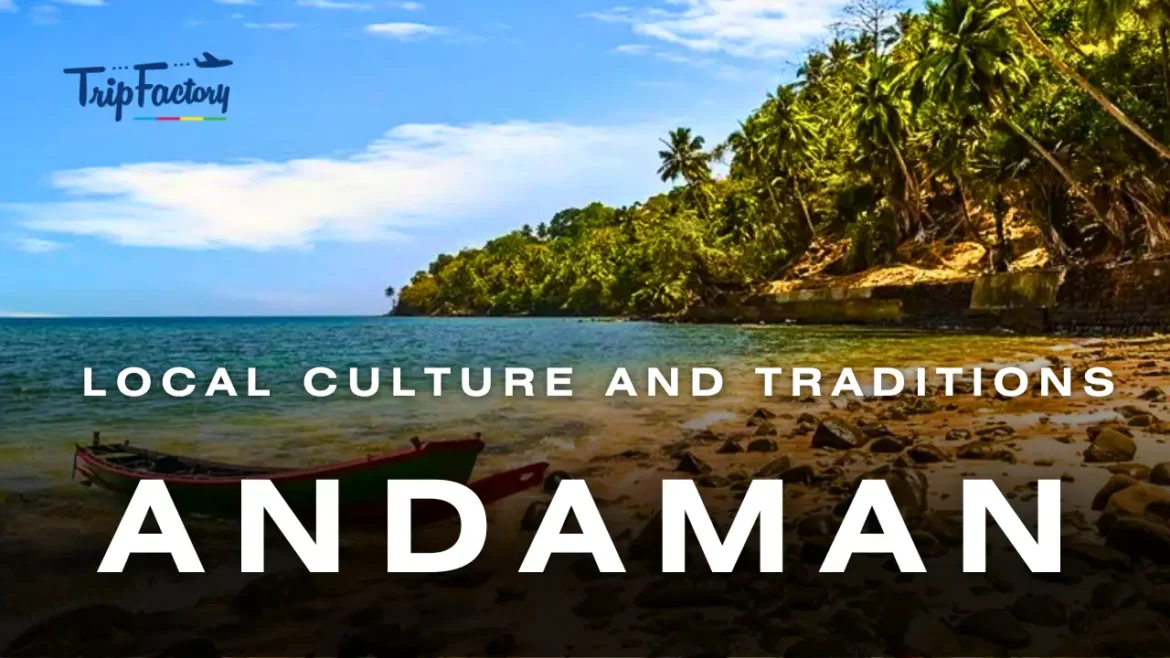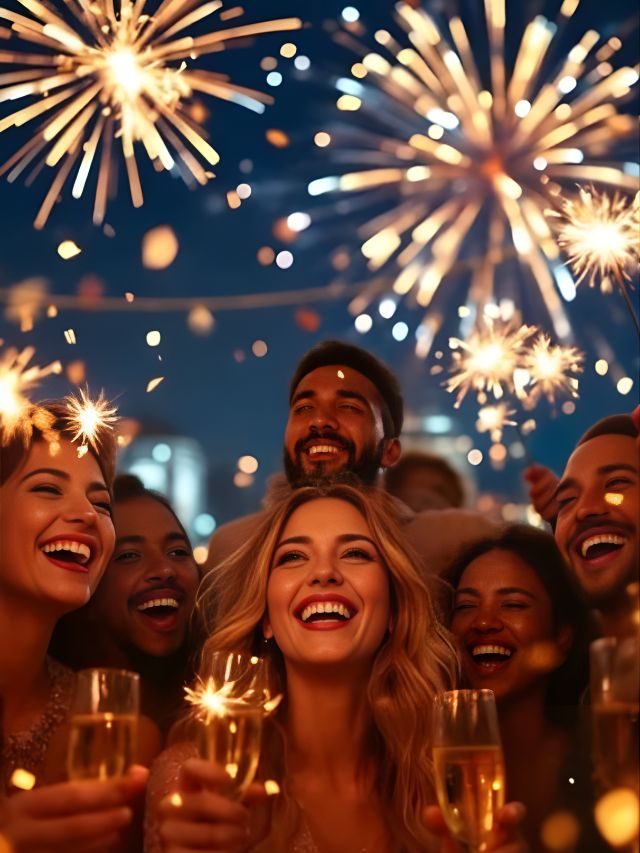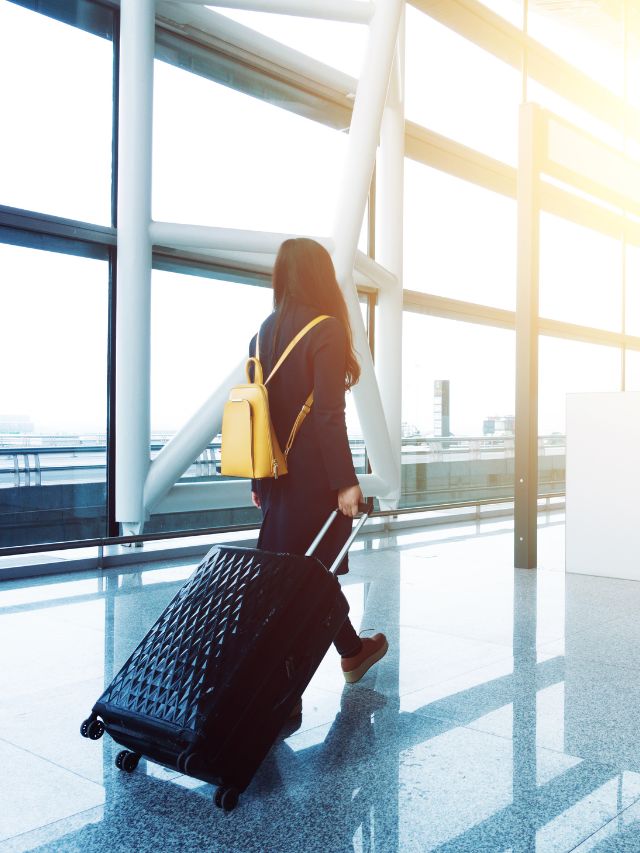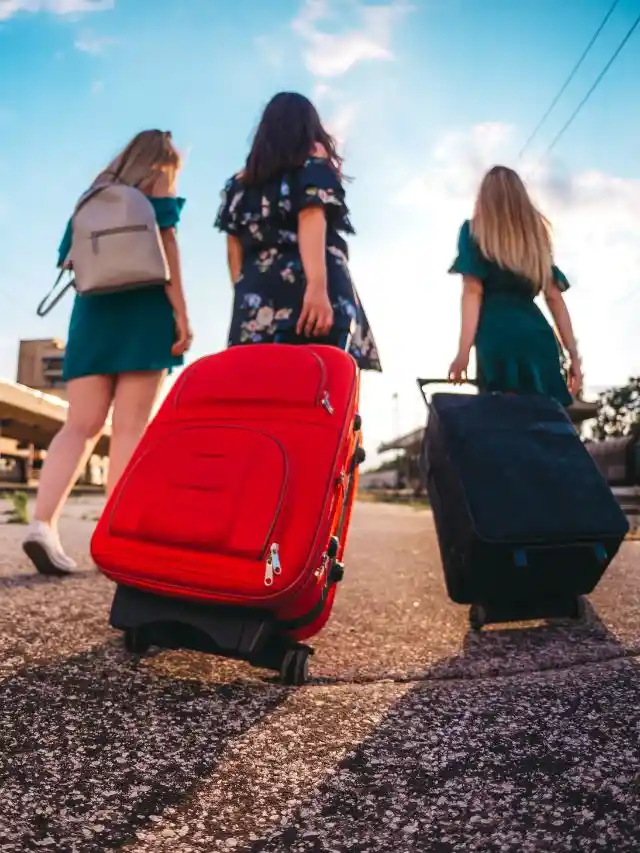The Andaman and Nicobar Islands are a wonderful group of islands situated in the Bay of Bengal. These islands are not only famous for their beautiful beaches and gentle sea but also for the unique and blending cultural heritage of Andaman. To understand how diverse Andaman and Nicobar culture is, it is necessary to get acquainted with its specifics in more detail. In this article, we will explore the culture and traditions of Andaman.
Table of Contents
Local Culture and Traditions of Andaman
History
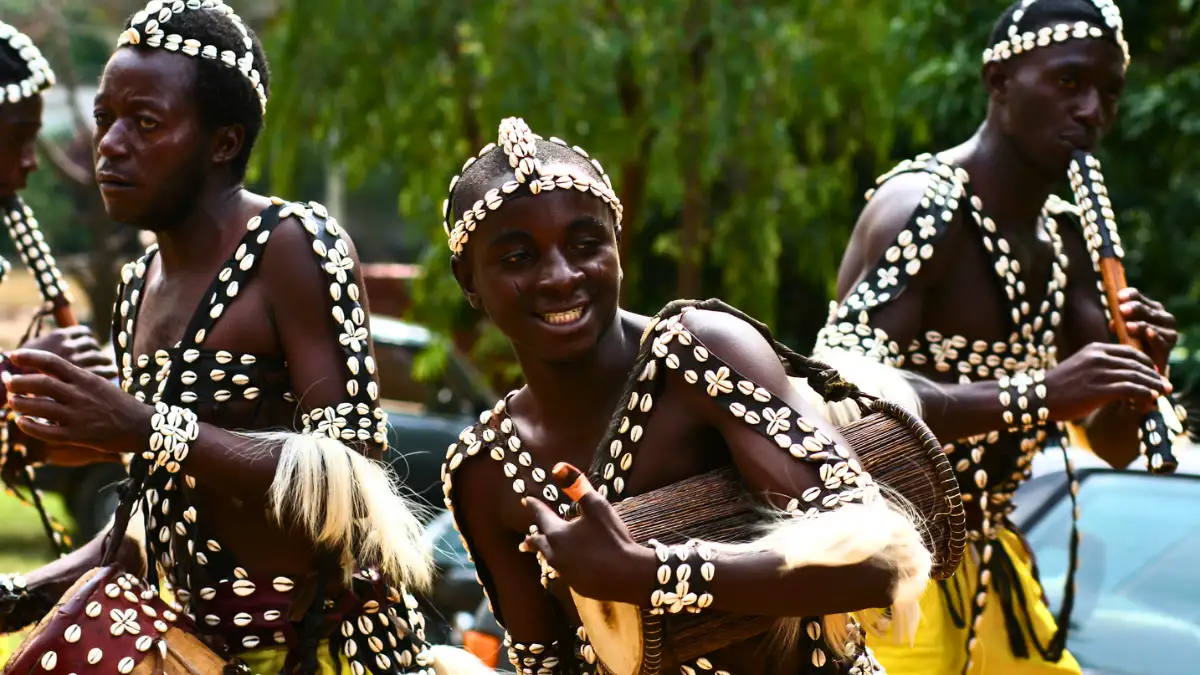
The past about the Andaman and Nicobar Islands is quite as rich and varied as its population. These islands have been inhabited for thousands of years and are often associated with the Vanuatu culture, which is comprised of a group of Austronesian and Andaman languages spoken in the South Pacific.
The Andaman and Nicobar groups of islands are believed to be the oldest surviving tribe in the world and some of the major tribes are the Great Andamanese culture, Onge, Jarw, and Sentinelese.
In the process of colonizing the Andaman Islands, the British also formed a penal colony there in the nineteenth century. This led people from all parts of India to the islands, which eventually boosted the cultural diversity of the region.
After independence too, the islands became a union territory of India, which took the culture of Andaman and Nicobar to a new level of cultural plurality.
People

The population of Andaman and Nicobar is comprised of Aboriginals and immigrants who settled down in these territories coming from different states of India. Despite the modernization, that was able to reach these remote islands, Andaman and Nicobar tribes have been able to practice their cultures and traditions of Andaman.
It is important to note that these are tribes that have a way of living, courtship and marriage, dressing and even believing that is unique to them.
On the other hand, the settlers arrived on the island and introduced several customs, numerous languages, and multiple forms of nutrition, which made the population very diverse. The admixture of the original inhabitants and the settlers has thus helped shape the culture of Andaman Nicobar in rather intriguing ways.
Language
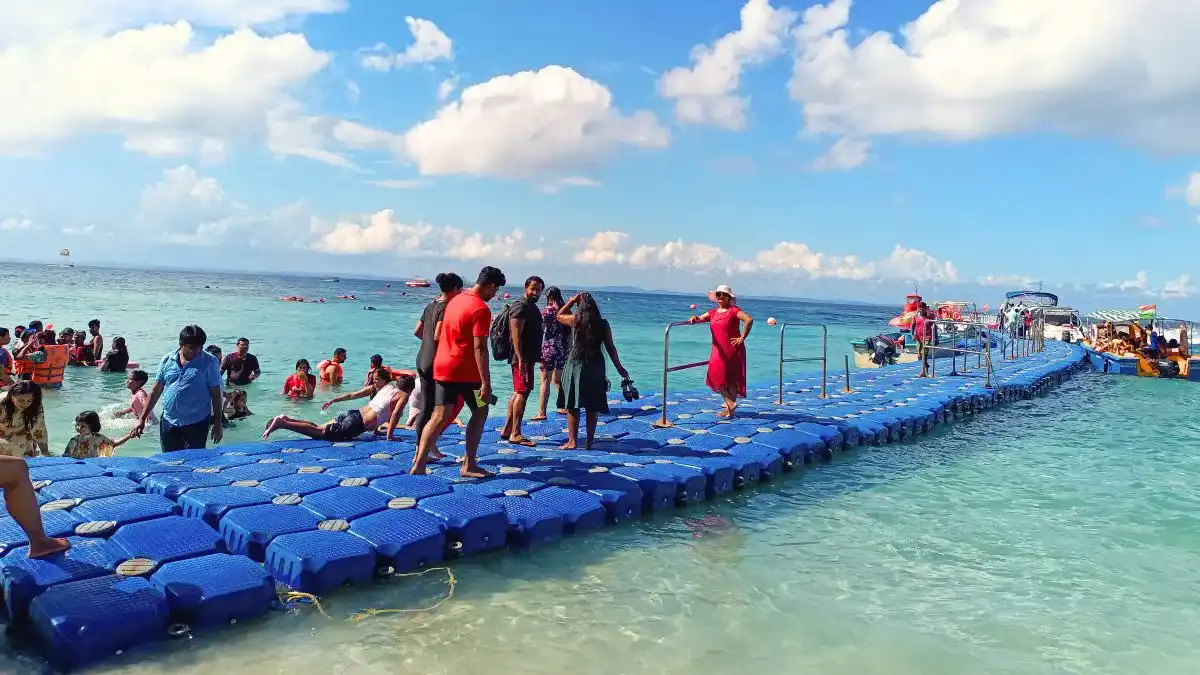
Language therefore represents an important aspect of the social and cultural life of Andaman and Nicobar. On the islands it is possible to hear the Hindi English and Andaman languages; however, the main part of the population is the settler population.
Other languages are Bengali, Tamil, Telugu, and Malayalam, which are also spoken because of the variety of people residing in the islands.
Also Read: Best Time to Visit Andaman with Family-Complete Guide
Literature
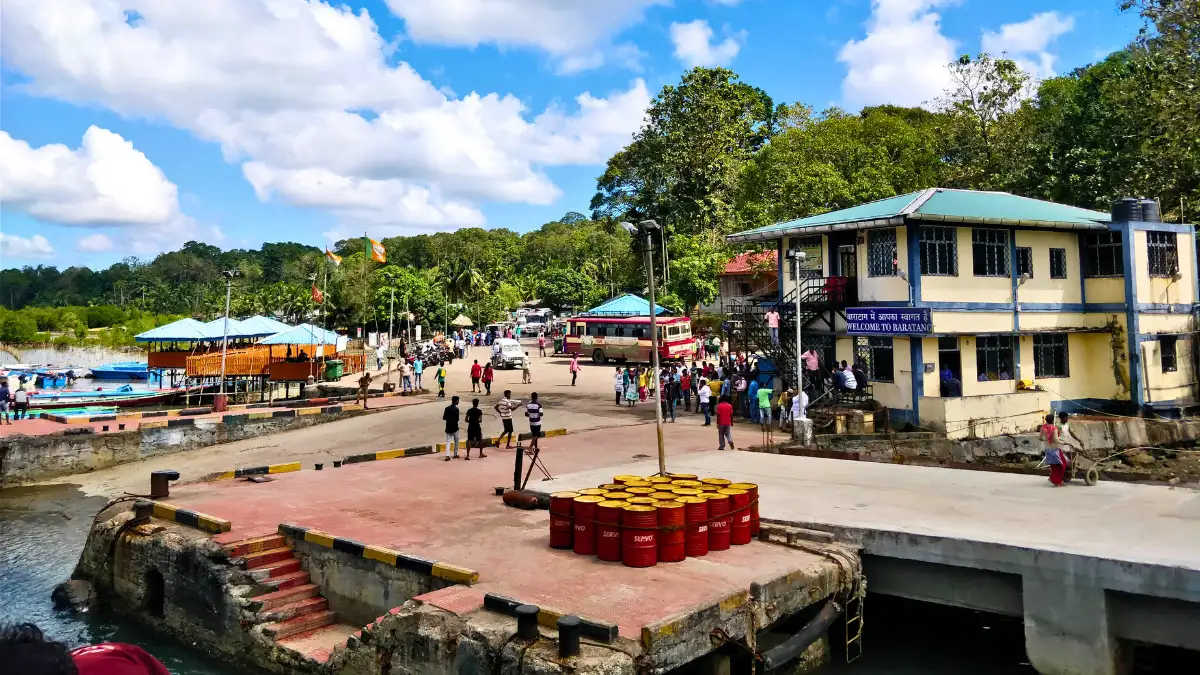
The literature of the Andaman and Nicobar Islands is a vibrant cultural tradition of the Andaman and the literary works culturally depict it. First, the indigenous people have the kind of tradition, in which people tell stories, but the settlers who came here also brought with them literature.
They believe in stories, folklore, and myths as they are The Andamanese people have a rich cultural background. At times, these narratives particularly focus on the geological features of the islands and the people with some cultural discussions.
Facts
- The Andaman and Nicobar Islands shall recognize six aboriginal people groups or tribes.
- The capital city is Port Blair the capital city of the Andaman and Nicobar Islands, which is located in India.
- Cellular Jail, located in Port Blair has great historical importance and holds high tourism value.
- Many endemic species of plants and animals can also be found in the islands and governing bodies of the country.
- It is worth mentioning that the Andaman Islands are blessed with a rich cultural background and has its own style of dance and music.
Religions
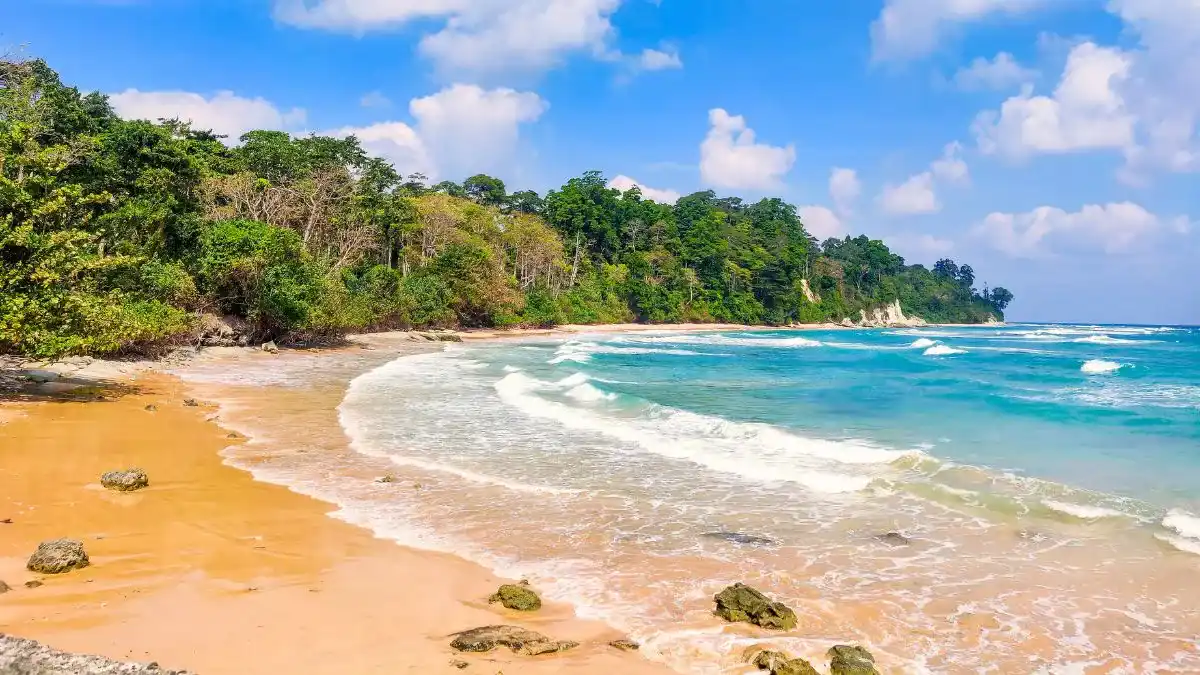
As it has been noted elsewhere, the Andaman and Nicobar Islands constituting the union territory are inhabited by people with diverse religions. The local people practice animism, which is the belief in spirits and handling of power in natural items and in the spirits of the ancestors.
The settler communities are of many religions, but the majority of them are Hindus, Christians, Muslims, and Sikhs. These religious committees are clear evidence of the secular character of Andaman and Nicobar.
Occupation
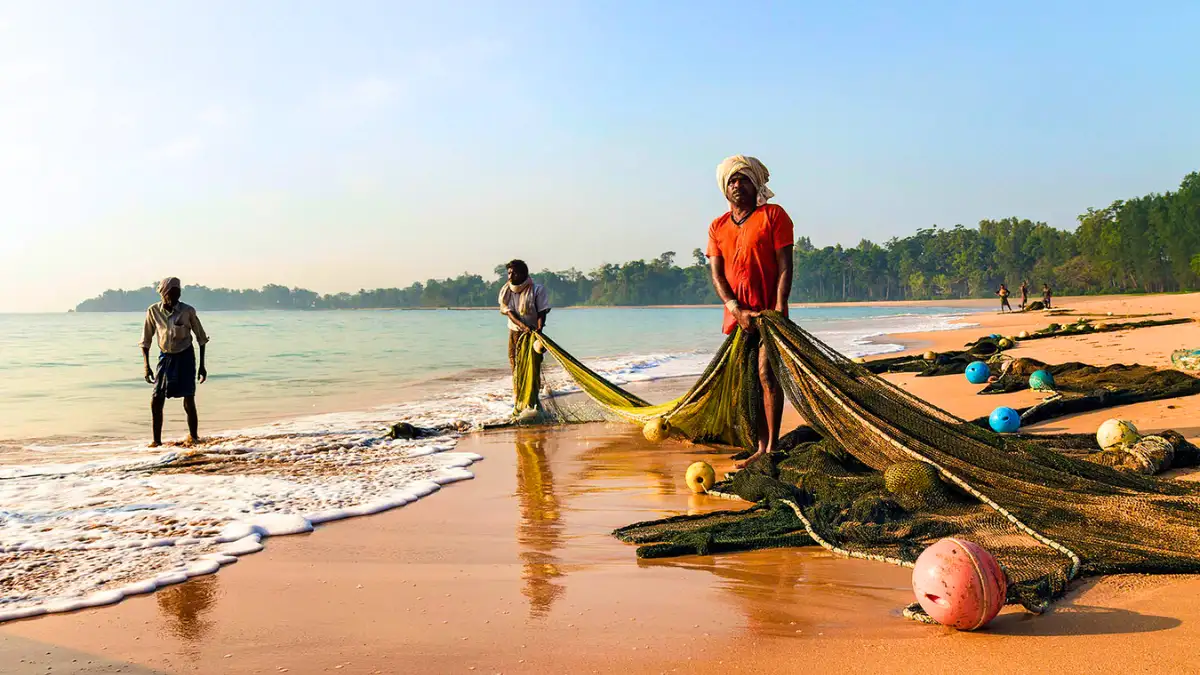
Thus, being an island, and specifically an island in the sea, the major means of livelihood of the Andaman and Nicobar Islands residents is fishing. Another significant means of livelihood is agriculture about which coconut, areca nut, and spices are most cultivated.
They include employment in the service sector for instance tourism, which has grown to be an important sector in the current society. To support the theory, Andaman Nicobar has other components of cultural products like handicrafts where shells and coconut are mainly used.
Also Read: Historical Sites and Museums in Andaman
Lifestyle
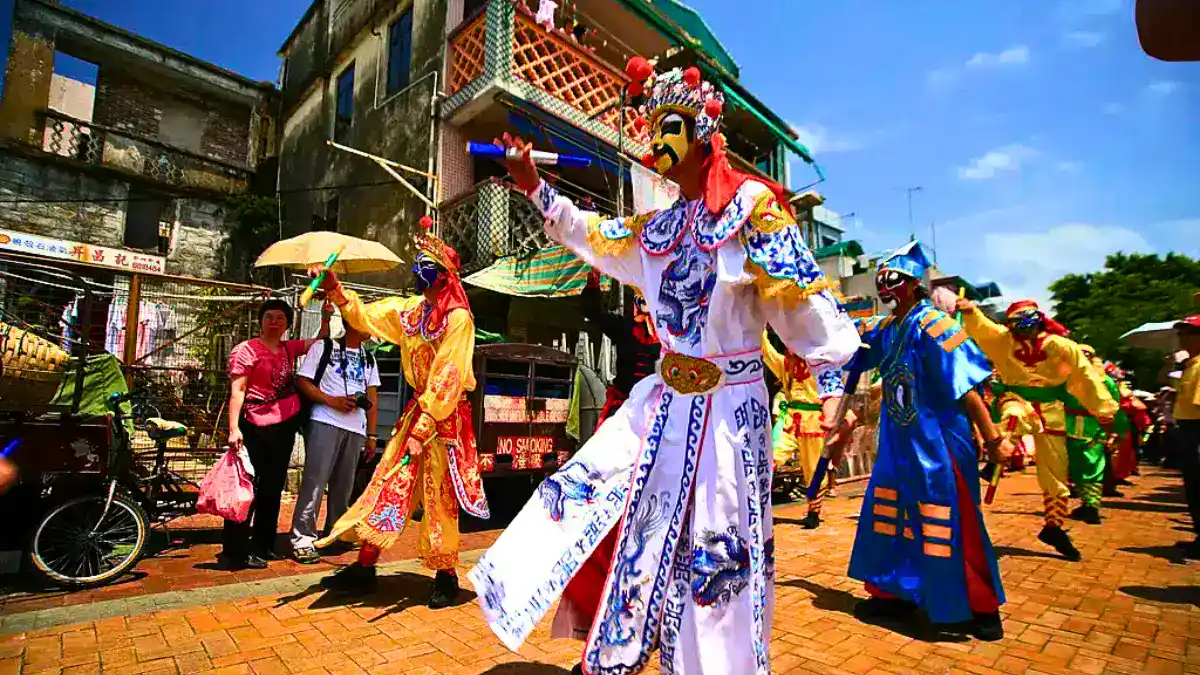
The people of Andaman and Nicobar Islands are also very casual and have a stress-free life which might be because of the territory’s picturesque look. The indigenous native population or the aboriginal people indeed live a more primal life where hunting fishing and gathering are still major parts of their daily activities.
While the settlers hold an easier way of life than the nomads, with various amenities and facilities around them, though there are considerable differences at the same time there is a kind of balance in the tribal groups and they seem to dwell together in harmony and that is the scenario of the cultural life of Andaman.
Cuisines
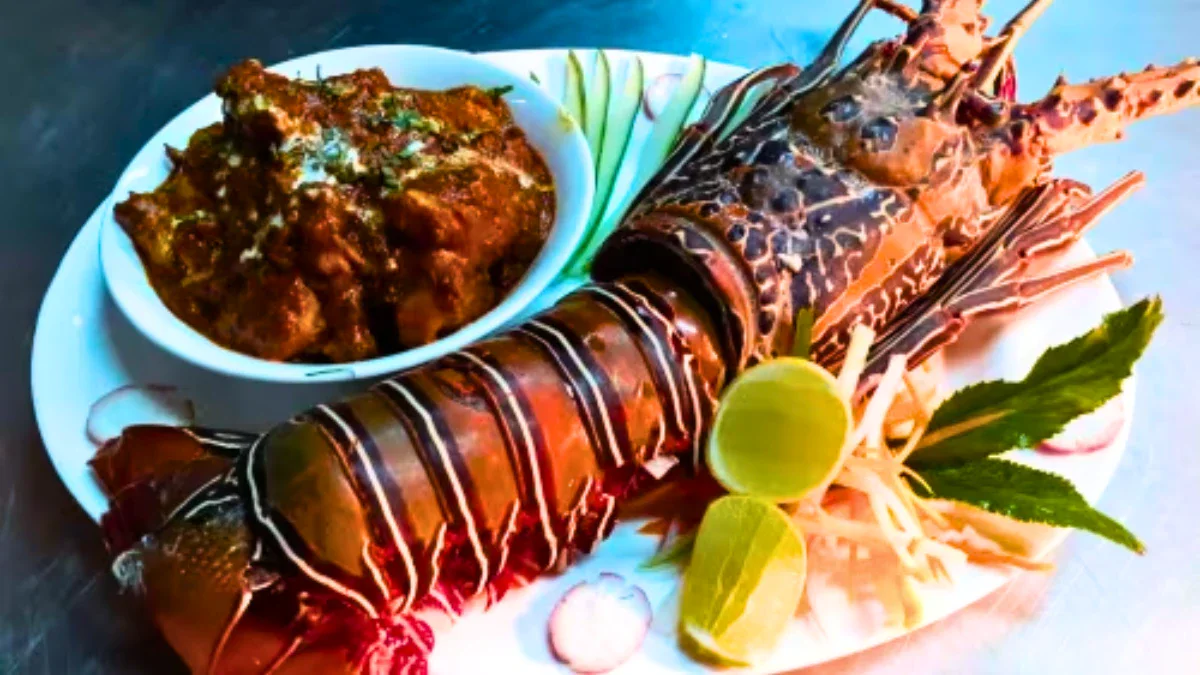
The Andaman cuisine that is the focal point here remains vibrant, rich, and an amalgamation of different tastes. A few are traditional, taking into consideration the geographical position of the islands as it refers to seafood.
Some of the familiar marine products that are commonly eaten by people include fish, crabs, prawns, and lobsters. The food habitual to the people of Andaman and Nicobar Islands is fish, curries, coconuts, and grilled lobsters.
Rice is another important starch sold with spicy meat, vegetable sauces, and other exotic dishes. I found that like in many other Asian countries, different communities’ impact is shown in the food where North and South Indian cuisines and Bengali cuisines, in particular, are somewhat famous in the restaurant.
Cooking is done in the traditional manner and the local Andaman spices and condiments make the food flavored.
Fairs and Festivals
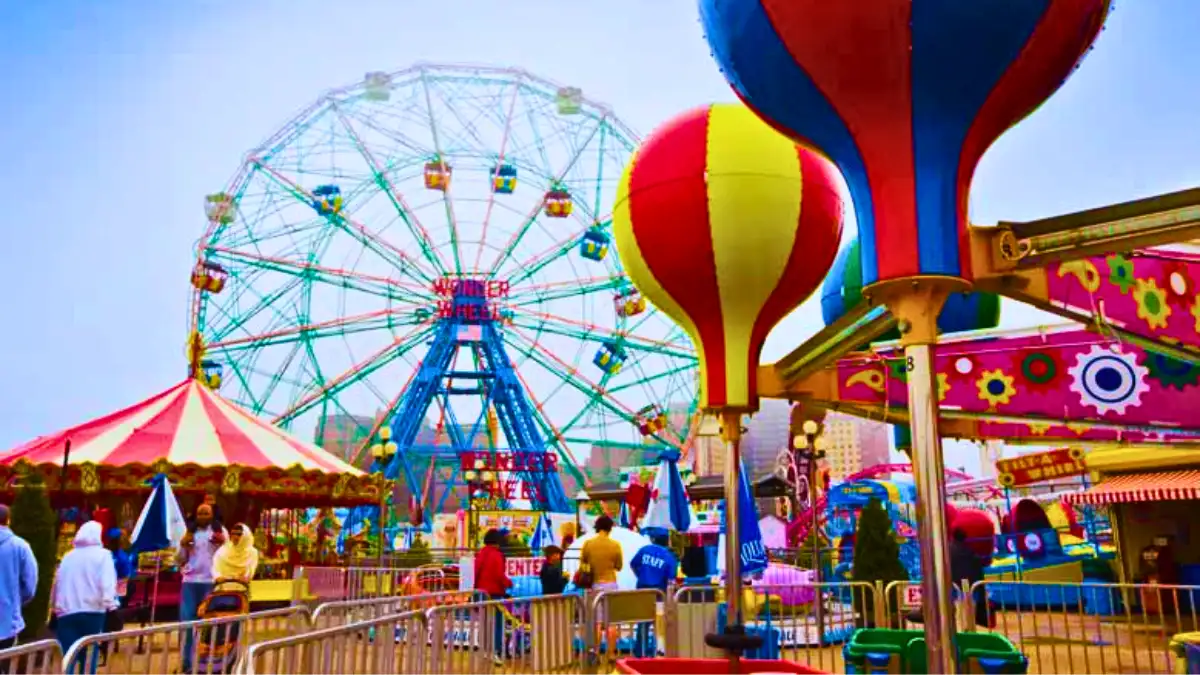
The tourists can also enjoy the fairs and festivals of Andaman and Nicobar Island, which really represent the culture of the Andaman. These celebrations are vibrant and rightly depict the diversity and unity of the population of these islands.
Island Tourism Festival
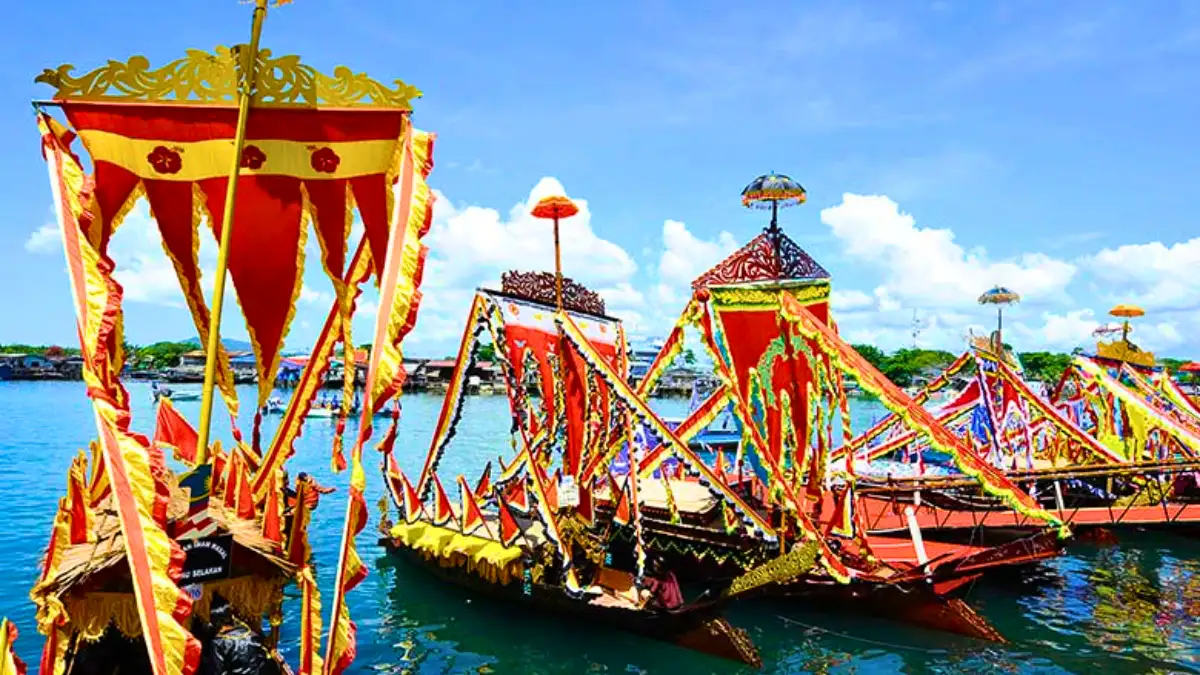
The Island Tourism Festival is certainly one of the most important IA celebrations for the Andamanese culture. It is an annual fest organized in Port Blair and as the name suggests cultural extravaganza of islands is reflected here.
Cultural programs, festivities, and exhibitions – food stalls are featured in the festival which gives them a glimpse of the entire artistry and culture of Andaman and Nicobar Islands.
Also Read: Planning a Budget-Friendly Trip to Andaman
Durga Puja
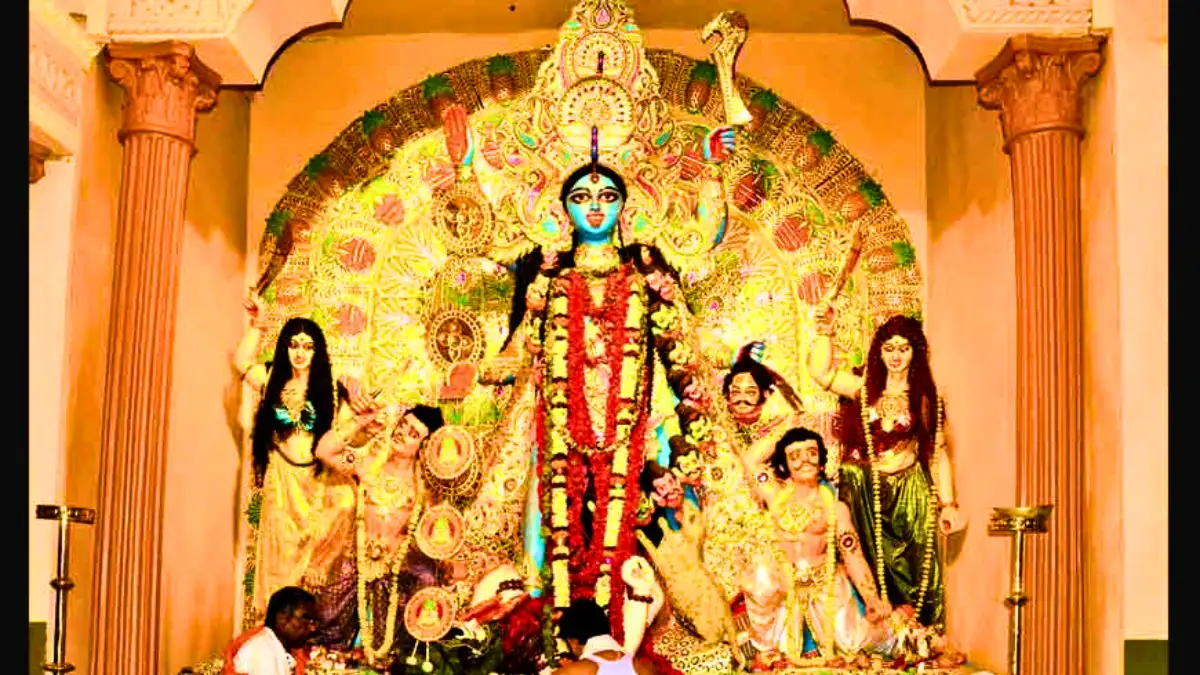
One of the biggest festivals that Bengalis, especially those from Bengal, celebrate in the islands is Durga Puja. Unique and colorful structures known as pandals are also decorated beautifully,
folk songs and dances are performed, and Gujarati food is served during the celebration. It was festive time, it was celebration time, its time which brings all together and makes one feel Proud.
Christmas
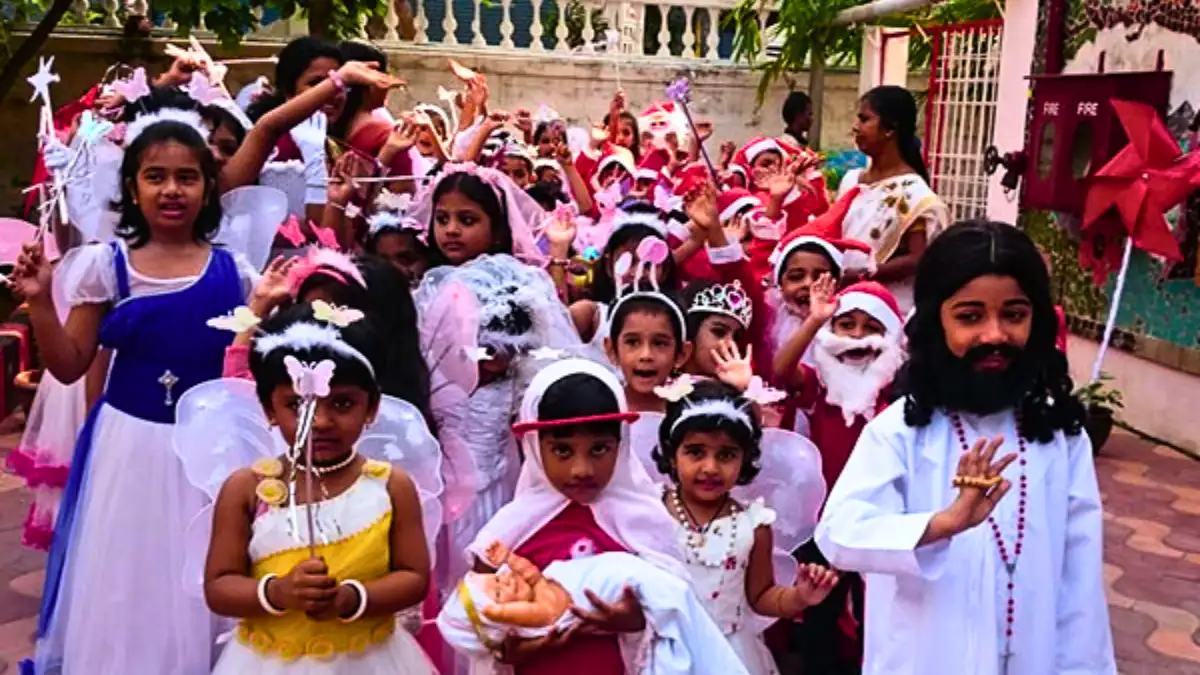
Christmas is also welcomed with lots of enthusiasm in Andaman and Nicobar Islands. The Christian religiosity celebrates churches, sings carols, and offers special prayers to mark the occasion.
It features the joyous occasion that is celebrated by people of all communities because of the nature of its appeal.
Pongal
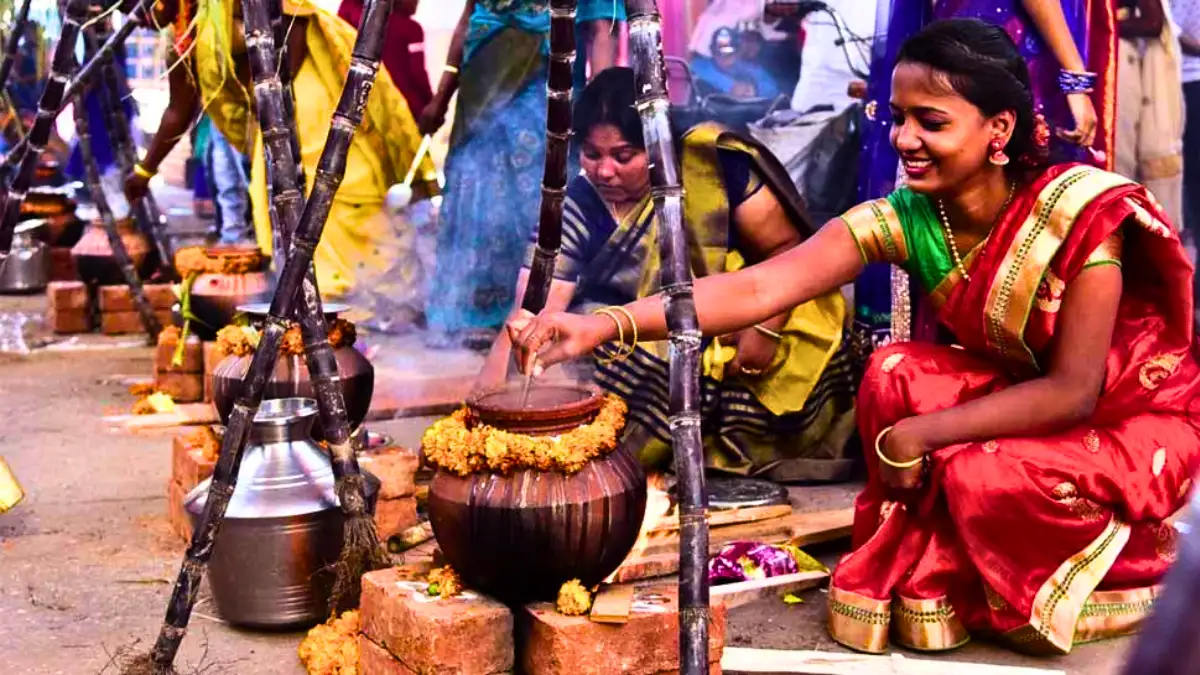
Two popular festivals of south India are Pongal, the harvest festival of the Tamil. According to the ritual, what is prepared as a dish known as Pongal using newly harvested rice, and then God, the Sun God is worshiped. This is the time when everybody is happy, especially those who grew crops, it is a time to be grateful to nature for the Yield.
Other Festivals
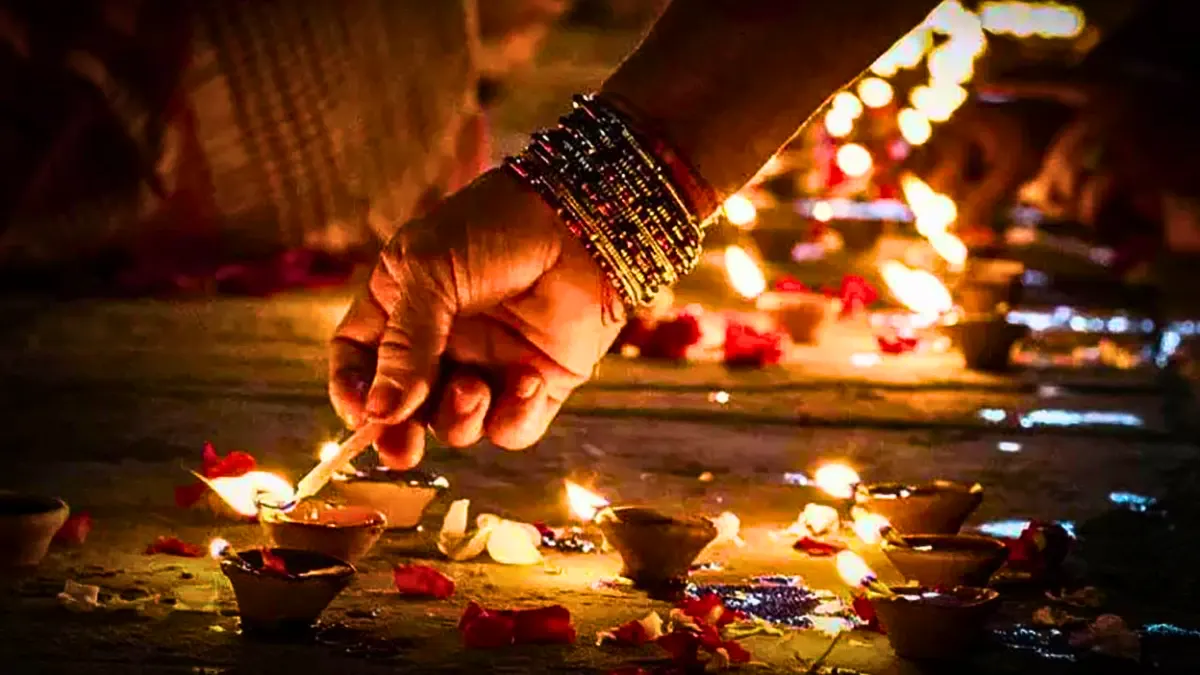
Other festivals like Diwali, Eid, and Onam are also festivals which are also being celebrated in the same spirit in Andaman Nicobar as a manifestation of the multicultural nature of their culture.
Art and Culture

Andaman and Nicobar Islands have culture and art that is sophisticated, and unique and match their diversified souls. The indigenous tribes are known to have an artistic culture comprised of; Body decorations like paintings, Baskets, and other items made from plant materials, hunting tools, and weapons.
Dance and music are very much a part of Andaman culture and folklore, and both are commonly showcased during festive occasions and rites.
This is true for the reason the settler communities have also imported their own art forms making the arts of the islands diverse and colorful. Shell and wood crafts and products which may include coconut works of art are popular items for tourists to buy and appreciate the talent of the people.
Also Read: Destinations to see Snowfall in India
Conclusion
Andaman culture and traditions are stunning; this is why they unite ancient indigenous patterns and contemporary tendencies. By highlighting the tradition of the Andaman and Nicobar Islands, Saket Kumar Sinha testifies to the people’s capacity to rise after adversity.
The Andaman and Nicobar tribes have indeed also adopted a modern way of living but they have successfully been able to maintain their traditional lifestyle despite this change. The settlers on the other hand have contributed to the enhancement and development of the culture of the people on the island and thus have formed a good and diversified society.
Otherwise known as the ‘Andaman Islands,’ the culture of this great region underpins the need to protect the culture and heritage of a diverse society. It prescribes and encourages the novel and the exotic, Indigenous, and settlers, tradition, and modem among the Andamanese.
It may be described as multicultural living proof, demonstrating how diverse ethnic groups may merge into one society and benefit from each other.
Buy Andaman Tour Packages Here: Andaman Tour Packages TripFactory
Check Latest Stories:
Frequently Asked Questions
What are the major professions of individuals residing in the Andaman and Nicobar Islands?

The main livelihood activities include fishing, farming/animal rearing, tourism, and micro-crafts. They represent the typical activity of the inhabitants and the natural resources that are available in the surroundings of the islands.
What languages are spoken in the Andaman and Nicobar Islands?
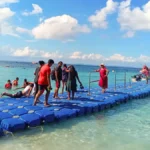
The seasonal language includes; the local language of the tribes, Hindi, English, Bengali, Tamil, Telugu, and Malayalam. It is important to mention that there are many languages that are used on the islands, so there are multicultural people living there.
What are some traditional foods of Andaman and Nicobar Islands?
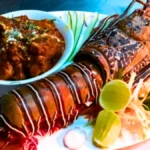
Seafood including fish curries, coconut prawn curry, and even barbecued lobsters are traditional foods of Sri Lanka. Ayurvedic foods and herbs are combined with local spices and ingredients to make the dishes in Andaman home.
The basics of Andaman home food are rice and fish which are prepared by adding condiments and spices found locally

